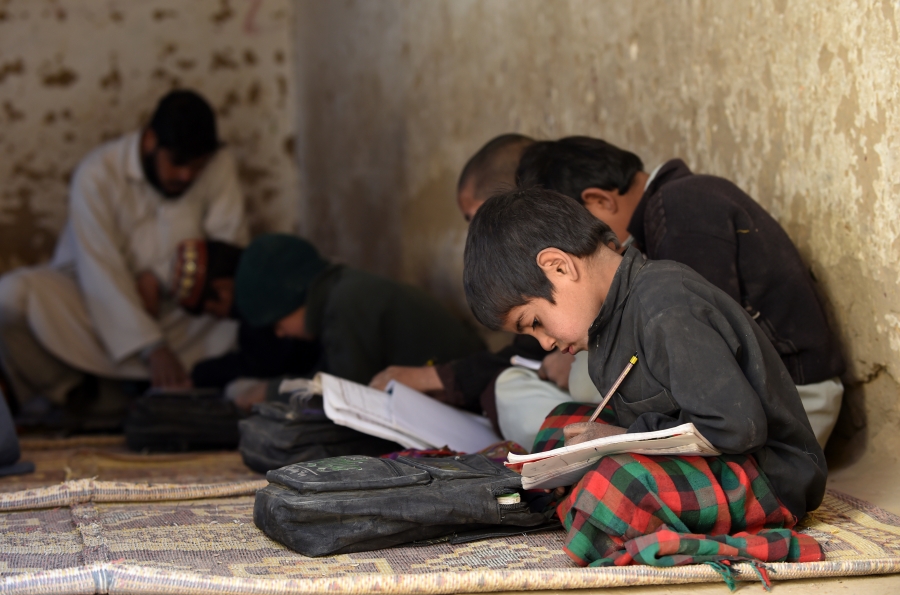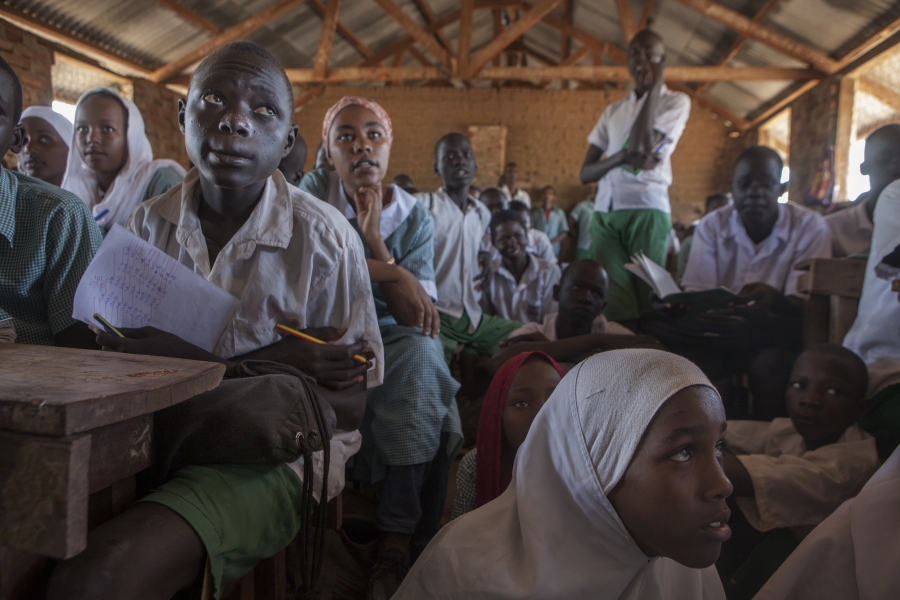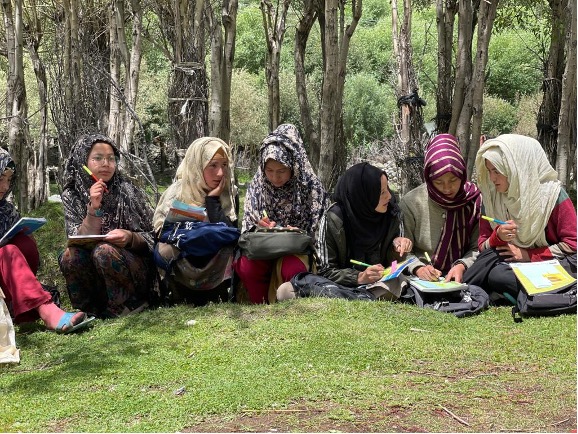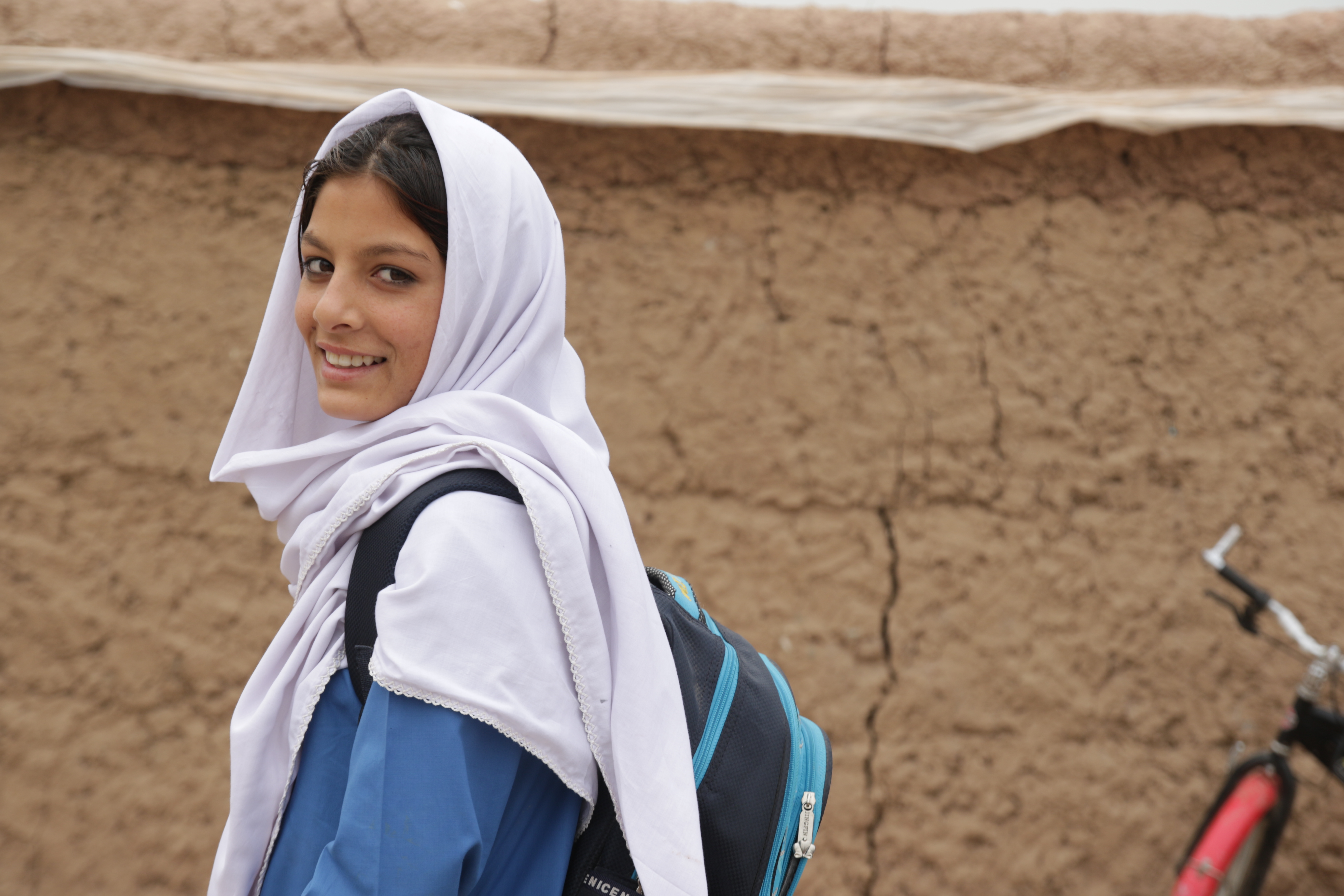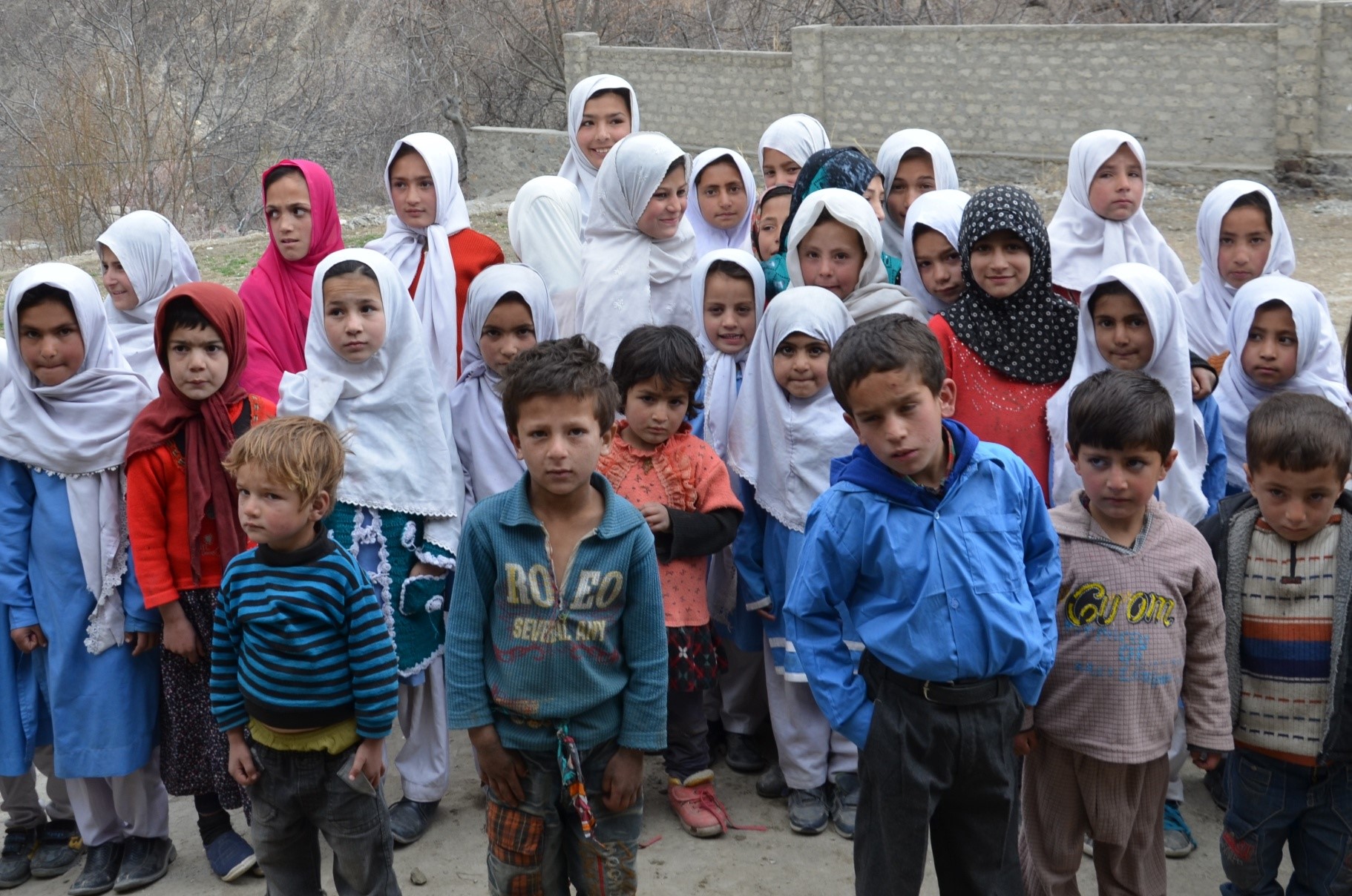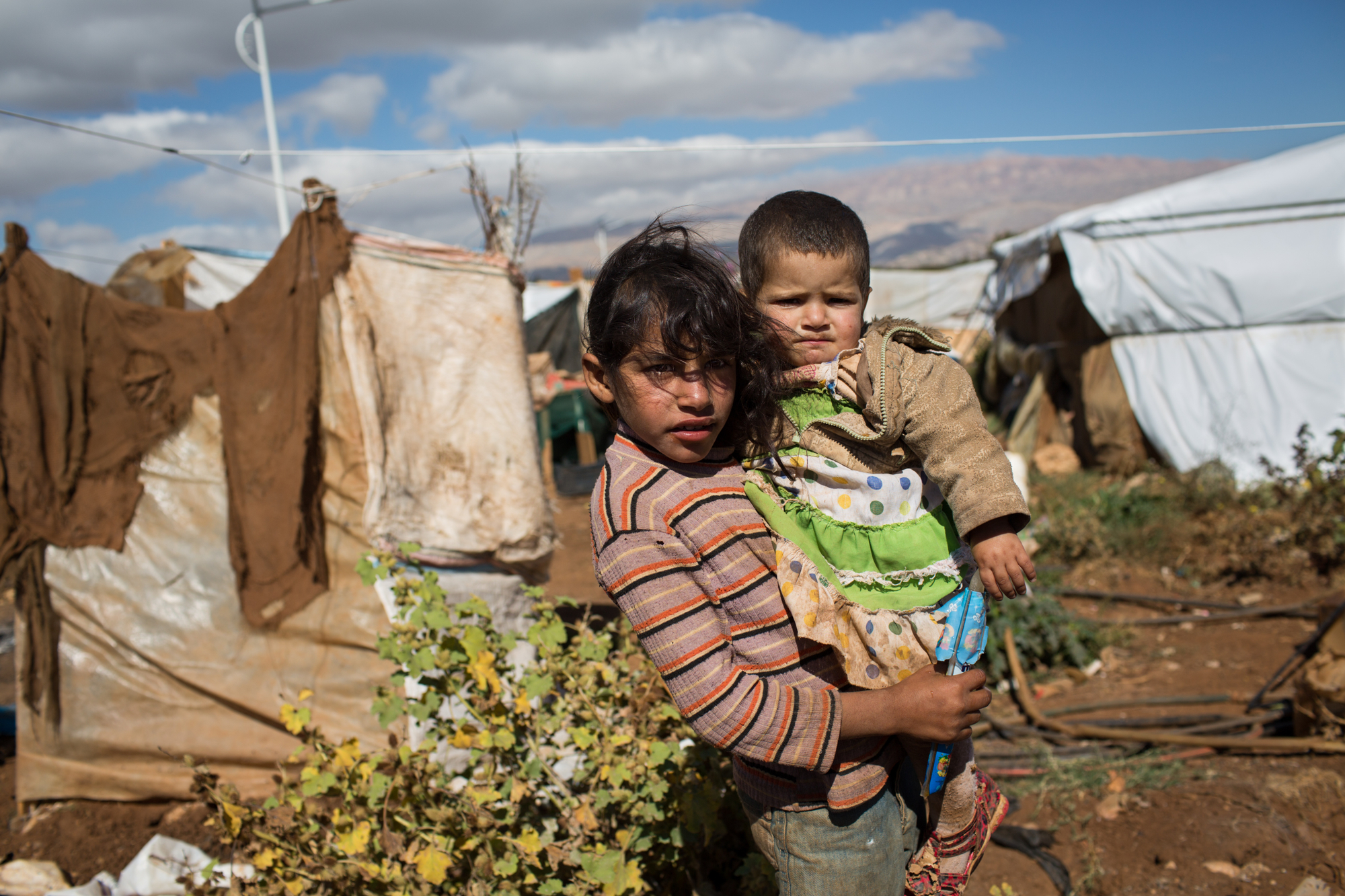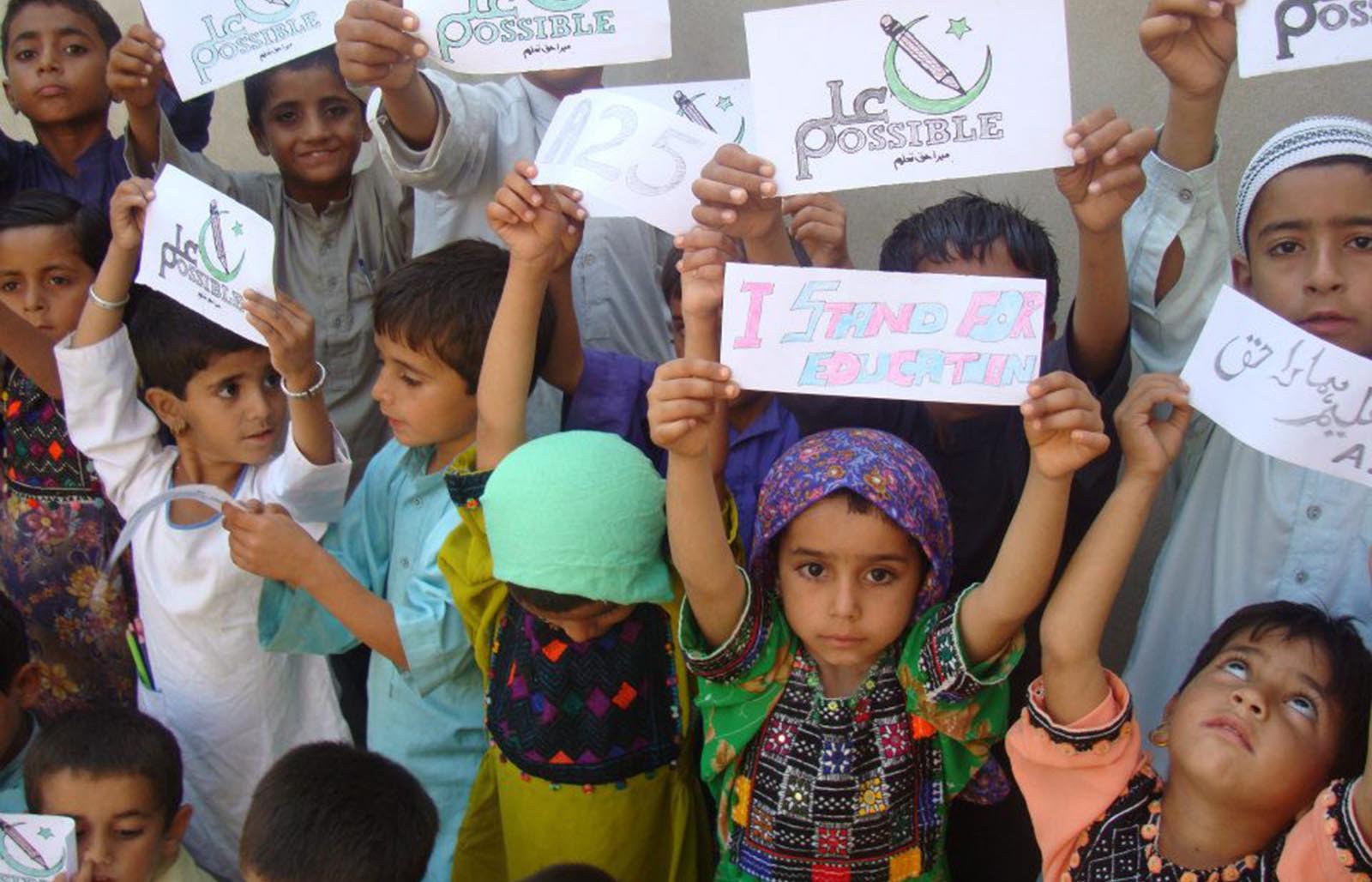Spinner
Pakistan
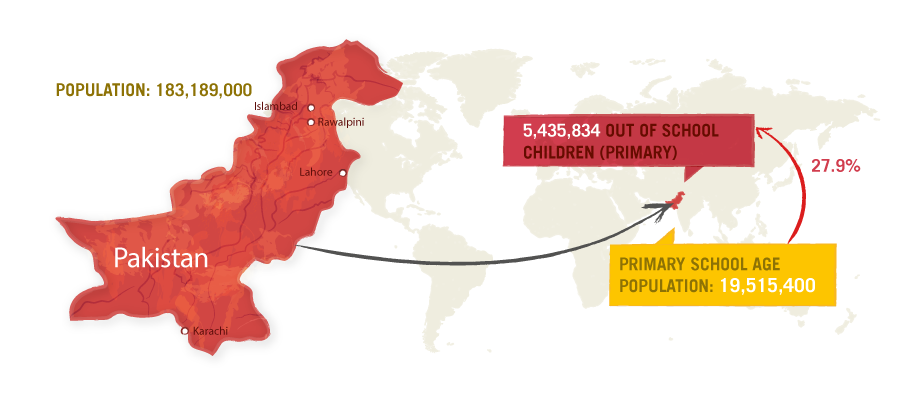

Main Barriers to Education
- Teacher absenteeism & shortages
- Insecurity
- Natural disasters
- Weak school management
Interventions to Barriers
- Community mobilisaiton & engagement
- Enrolment drives
- Teacher training & support
- Data collection, management & analysis
At present, Pakistan is in the throes of an education crisis – one in 10 out of school children (OOSC) worldwide reside there. Of the estimated 127,000 government-run schools, 10.9 percent lack a proper building, 33.9 percent lack water and 59.6 percent lack electricity. This results in a heavy reliance on the private sector to provide educational opportunities. However, only a fraction of all private schools is accessible to low-income students. Consequently, a large percentage of people who cannot afford private institutions are, in effect, left with no access to education.
Though the demand for education is strong, the public sector has been unable to deliver, due to poor management, corruption, insecurity, natural disasters and teacher absenteeism. As a result, there is a lack of safe, accessible and affordable schools, especially for the poor. According to Pakistan’s EFA 2015 National Review, only 66.8 percent of enrolled children will remain until class 5 and 33.2 percent will drop out before completing the full primary course.







